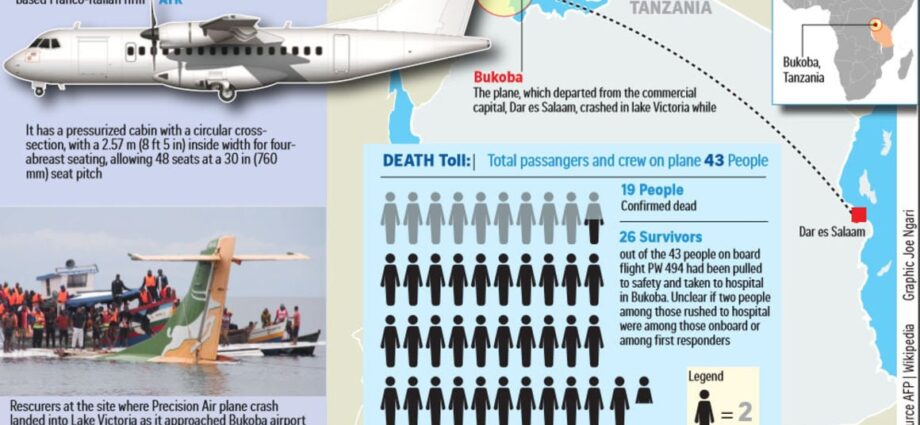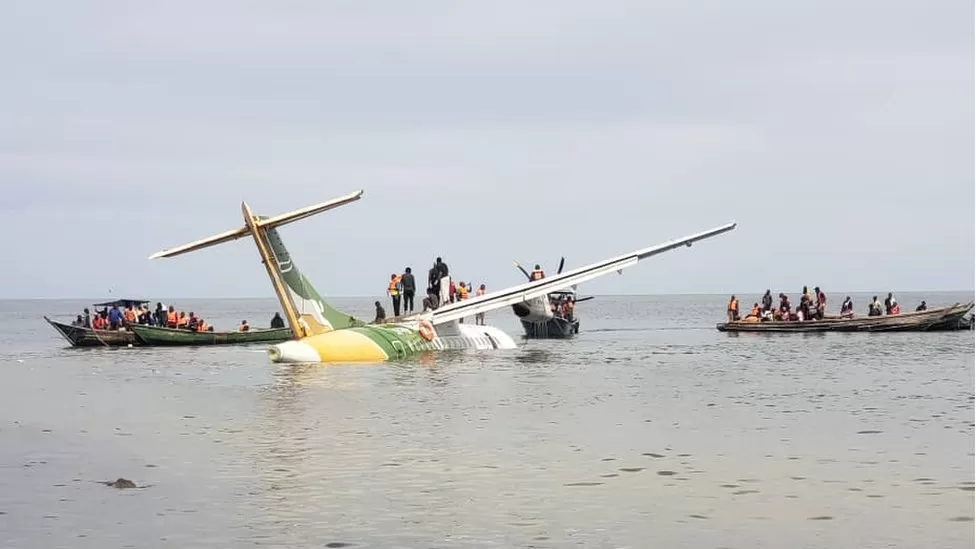A spokesperson for France’s Bureau of Enquiry and Analysis for Civil Aviation Safety (BEA) air accident investigation agency said on Monday that it was sending a team to Tanzania along with technical advisers from Franco-Italian plane maker ATR.
The plane, which crashed in Lake Victoria, was an ATR 42-500 turboprop made by the company.
Flight PW494, operated by Precision Air, plunged into the lake during storms and heavy rain, on a second attempt to make the ill-fated landing as it arrived from Dar es Salaam.
Tanzanian Prime Minister Kassim Majaliwa said investigators had launched a probe into what had happened and experts say that the investigations could take months.
Under international rules, the locally-led investigation would usually include the participation of authorities in France, where the plane was designed, and Canada, where its Pratt & Whitney engines were developed.
Share this news
This Year’s Most Read News Stories

Concerns mount over Zanzibar new $44 travel insurance fee
Tour operators, hoteliers, tourists, and tourism stakeholders are raising alarms over Zanzibar’s new mandatory $44 travel insurance fee, set to take effect on September 1.Continue Reading

Juma Haji Duni: A legacy of resilience and leadership in Zanzibar politics
The recurring inefficiency among some contractors could lead the government to favour foreign firms, sparking criticism from stakeholders advocating for local participationContinue Reading

Elon Musk’s company to launch internet in Tanzania
Elon Musk’s Starlink internet service is expected to be available in Tanzania in the first quarter of 2023, with analysts saying the new development will boost the digital economy.Continue Reading












